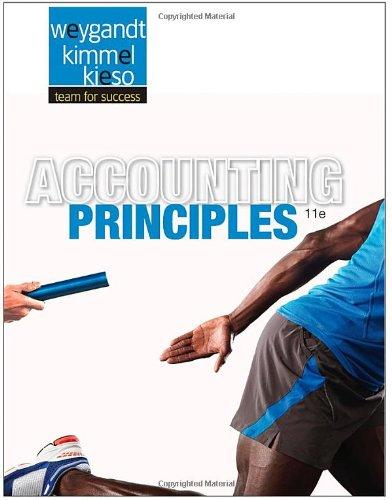The following characteristics, assumptions, principles, or constraint guide the FASB when it creates accounting standards. Relevance .............
Question:
Relevance ............. Expense recognition principle
Faithful representation ........ Time period assumption
Comparability ............ Going concern assumption
Consistency ............ Historical cost principle
Monetary unit assumption ....... Full disclosure principle
Economic entity assumption ...... Materiality
Match each item above with a description below.
1. ________ Ability to easily evaluate one company’s results relative to another’s.
2. ________ Belief that a company will continue to operate for the foreseeable future.
3. ________ The judgment concerning whether an item’s size is large enough to matter to decision-makers.
4. ________ The reporting of all information that would make a difference to financial statement users.
5. ________ The practice of preparing financial statements at regular intervals.
6. ________ The quality of information that indicates the information makes a difference in a decision.
7. ________ A belief that items should be reported on the balance sheet at the price that was paid to acquire them.
8. ________ A company’s use of the same accounting principles and methods from year to year.
9. ________ Tracing accounting events to particular companies.
10. _______ The desire to minimize bias in financial statements.
11. _______ Reporting only those things that can be measured in monetary units.
12. _______ Dictates that efforts (expenses) be matched with results (revenues).
Financial Statements
Financial statements are the standardized formats to present the financial information related to a business or an organization for its users. Financial statements contain the historical information as well as current period’s financial... Balance Sheet
Balance sheet is a statement of the financial position of a business that list all the assets, liabilities, and owner’s equity and shareholder’s equity at a particular point of time. A balance sheet is also called as a “statement of financial...
Fantastic news! We've Found the answer you've been seeking!
Step by Step Answer:
Related Book For 

Accounting Principles
ISBN: 9781118566671
11th Edition
Authors: Jerry Weygandt, Paul Kimmel, Donald Kieso
Question Posted:





